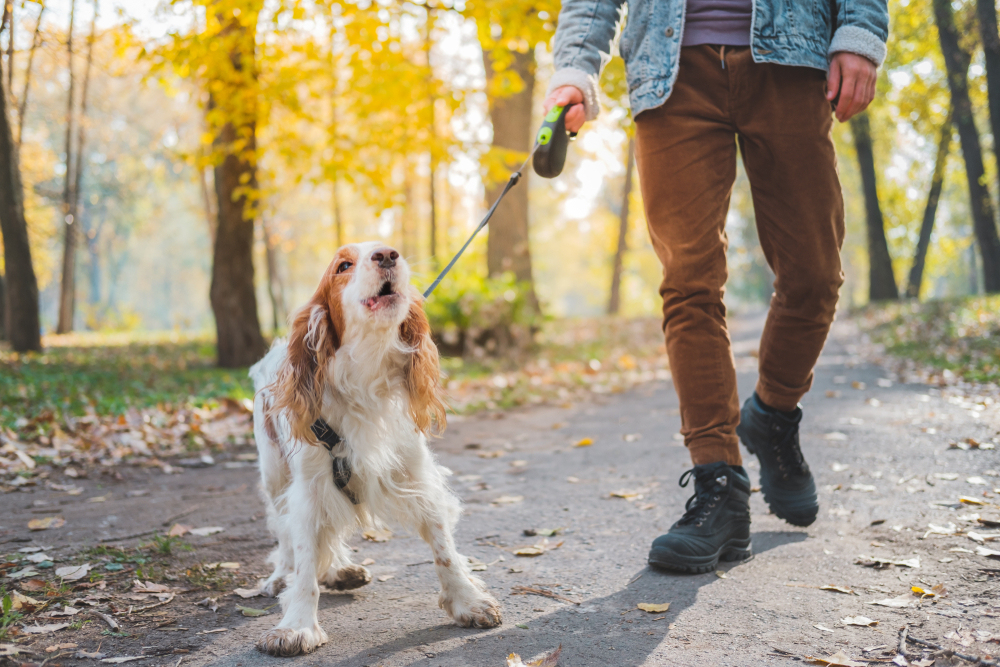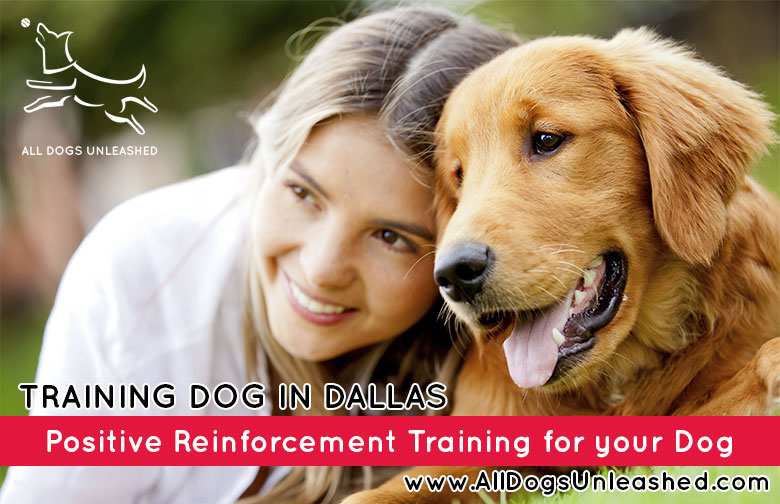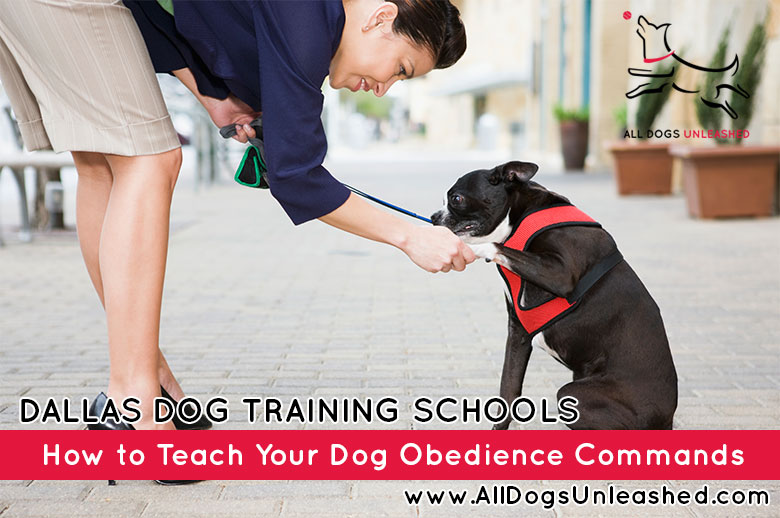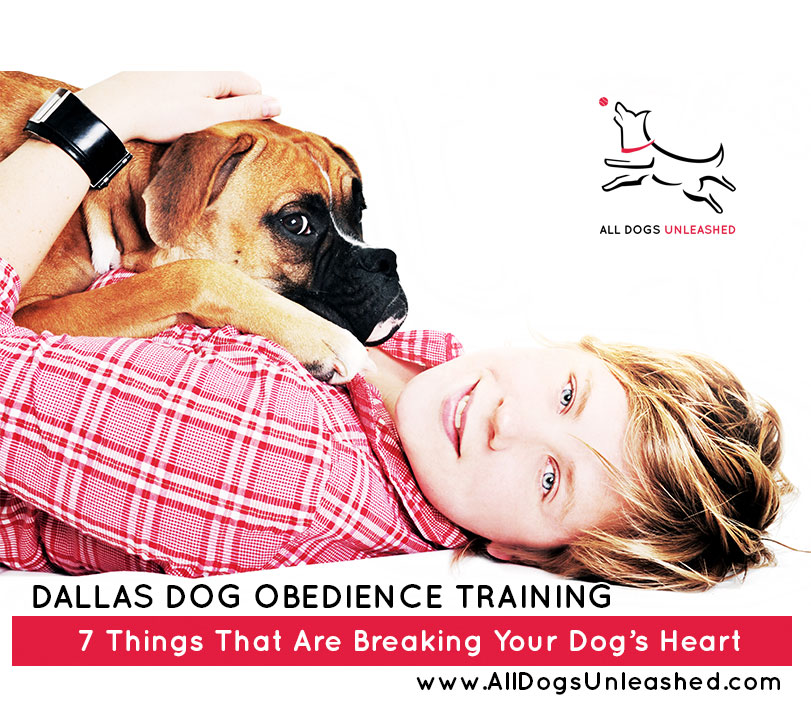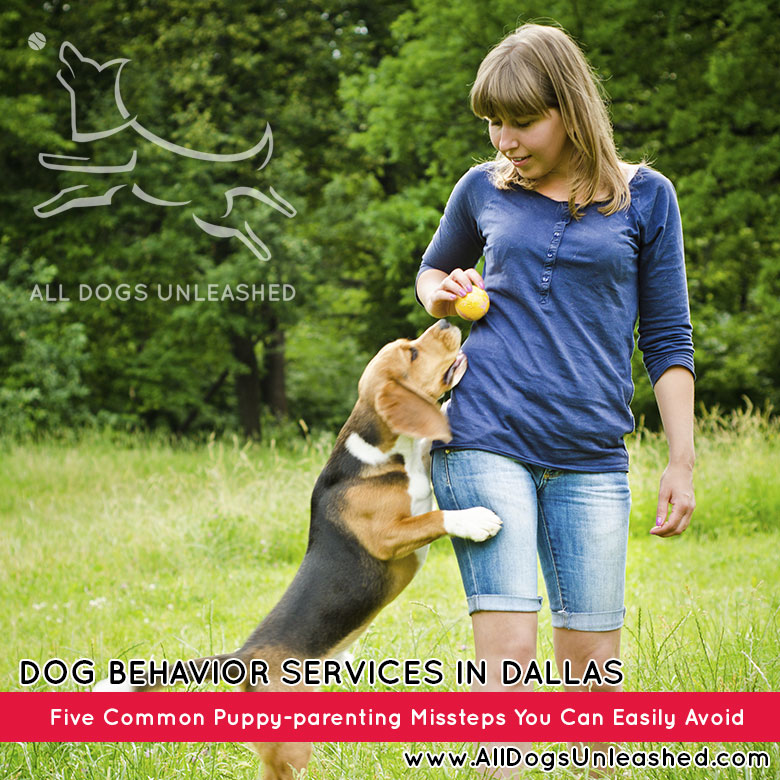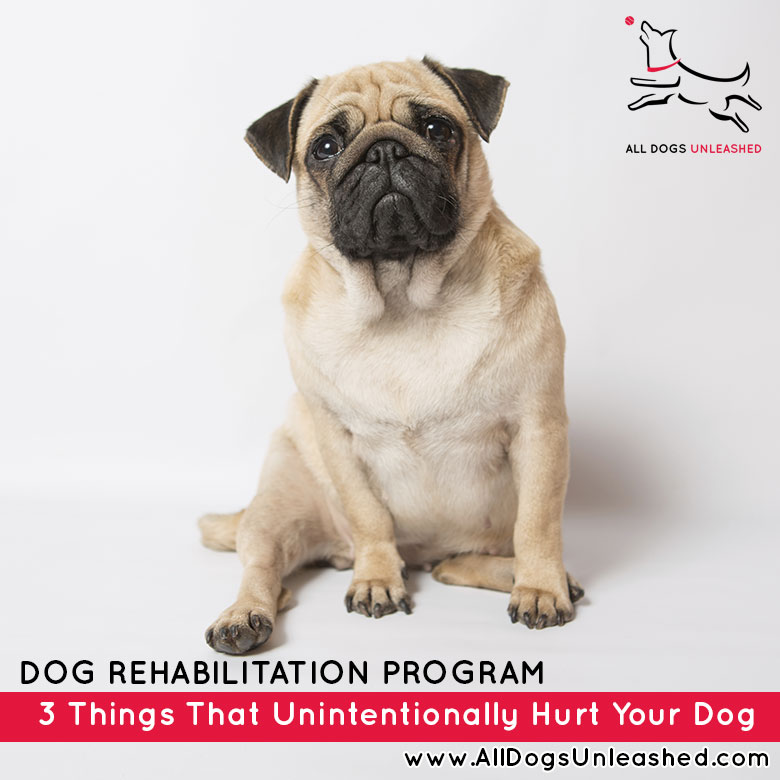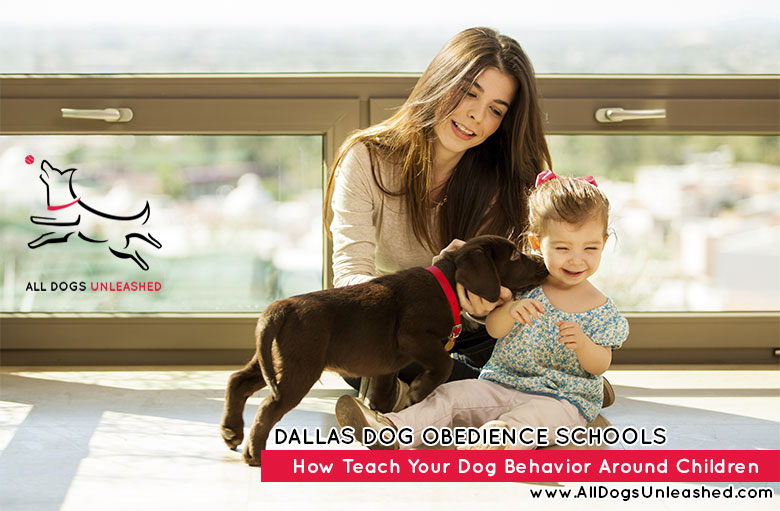For many families throughout the Dallas/Ft. Worth region, the magic of Christmas is made complete by the gift of a gorgeous new puppy. If you’re one of the lucky people who received a puppy for Christmas, our advice on welcoming him home will cover supplies, establishing a routine, and the best time to schedule training sessions here at All Dogs Unleashed.
Everything You Need for the Care and Keeping of Your New Puppy
- Food formulated specifically for puppies
- Toys to satisfy the urge to chew and tear up items
- A soft bed in a cozy crate
- Stainless steel or ceramic food and water dishes
- A collar with your contact information
- A prompt appointment with your veterinarian
- A dog walker or pet sitter
The First Few Days: Establishing your Relationship Dynamic and Routine
Receiving a puppy on Christmas morning may mean that your new friend’s first day is a whirlwind of activity in a new environment packed with your relatives. This will be overwhelming to your puppy, so as quickly as possible, establish a calm, predictable routine to facilitate the healthy development of your dog’s personality and ability to follow your lead.
While fresh water must be made available at all times, free-feeding your puppy should be avoided. Feed your puppy at the same times each day, followed by a gentle walk or time in the backyard to allow your puppy to eliminate. Additionally, you will need to take your puppy out to eliminate at least every two hours.
When your puppy eliminates outdoors, respond with praise and a small, high-value treat. If your puppy has an accident, make no reaction other than moving him outdoors. Scolding, speaking loudly, or any form of physical correction will harm your dynamic with your puppy.
For further help with elimination training, contact All Dogs Unleashed. Our expert staff will work to ensure your dog has flawless adherence to elimination boundaries.
The Perfect Time to Schedule Training Sessions
We have great news on this front! If your puppy is old enough to be separated from his mother, he’s ready to begin attending puppy obedience classes. At All Dogs Unleashed in Dallas, we will teach your puppy to be the ideal canine good citizen. You will be able to take your dog with you anywhere he’s allowed with full confidence that he will be obedient, well-mannered, and friendly to people of all ages.
While companion dogs of all types require training, it’s especially important if your puppy is a working breed. His training must be specific to his innate desire for tasks, high activity levels, and structure.
The trainers at All Dogs Unleashed are fully qualified to train working dogs of all breeds from the first puppy stages all the way into full adulthood.
The Takeaway
Puppies are adorable, comforting, and ultimately rewarding companions, but they also require plenty of dedication and hard work. You’re up to the challenge, of course, and we’re here to support your efforts with professional training sessions and evidence-based advice on the best way to interact with your dog, no matter their age or stage.




